How Not to Lose the Yacht Charter Security Deposit?
When chartering a yacht, the security deposit is often one of the most common concerns among guests. How can you make sure it’s protected? What can lead to deductions or even the loss of the deposit? Instead of giving you a theoretical answer, we decided to hand the mic over to someone who truly knows – an experienced skipper we've been working with for years.
Below, you'll find a first-hand account from our skipper Vedran, who has spent hundreds of weeks at sea. He shares real-life situations, valuable tips, and common oversights that can directly impact your security deposit. His insights are invaluable, and we believe they’ll help you enjoy a stress-free sailing experience.
Ahoy, sailors! Let’s talk today about how to save that precious charter deposit when you sail in Croatia (or anywhere else for that matter). I've seen it all, from minor scrapes to lost dinghies, and I'm here to share some practical tips to help you keep your deposit safe.
1. Before You Leave Port
Before you leave the marina and sail into the blue, take your time to check everything on the boat. I know you’re excited to go, but believe me, this step can save you hundreds of euros and a big headache at the end.
Check Everything Works (Don’t Assume Anything)
Turn on every system. Start the engine and let it run for a few minutes. Listen for strange sounds or smoke. Test the GPS, depth sounder, VHF radio, navigation lights, and bilge pumps. Check the fridge and stove. Turn on all the cabin lights. Try the toilet flush, and make sure water flows from the taps. Many people just assume things are working because the boat looks nice. But I’ve seen boats with a fancy look and a broken anchor windlass, or a fridge that doesn’t cool. One guest told me he didn’t check the depth sounder, only to find out later it was completely dead. Imagine anchoring at night without knowing the depth!
Look for Scratches and Damage (And Take Photos)
Walk around the boat slowly and look carefully. Check the hull, the deck, the rails, the windows, even the cushions. Take photos of any scratch, dent, or crack. Don’t trust your memory. Use your phone to snap 20–30 pictures, only 5 minutes. Often, the person doing the check-in is not the one doing the check-out. I had one guy at check-in who laughed and said, "No one cares about small things like this." But a different guy blamed me at check-out for the same tiny scratch. That’s why photos are your best friend.
Dinghy and Outboard Engine (Look Closely)
Look for any signs of damage, holes, cuts, or patches. Check the seams for leaks. Then look at the outboard engine. Take close-up photos of the propeller, because it can get scratched easily if someone before you used it in shallow water. If there are scratches already and you don’t take a photo, they might say you did it. Also, check the engine cap (the hard plastic cover on top of the engine). This is another part that often gets scratched when the engine hits the side of the boat or rocks while anchored near the shore. I’ve had a charter try to charge me for a small mark on the engine cap that I didn’t even notice at the start. If you think the charter company might be strict or trying to charge for small damage, and you’re on a tight budget, here’s a little trick I’ve used: take an old T-shirt and cover the engine cap from day one. That way, if it does bump into something during the week, it won’t get scratched. It’s a simple way to avoid silly problems later.
Check Fuel in the Outboard Tank (Don’t Just Ask)
Many times, the guy at check-in says, "Yes, the fuel tank is full," because someone told him it was. But when you open it, it’s half empty. Always remove the cap and look inside yourself. One time, I trusted the guy, and a few days later, the engine died in the middle of the bay. That could’ve turned into a real mess.
Toilets (Check and Film)
Flush each toilet a few times. Listen to the sound and make sure the water goes down. Look for any blockages or slow flushing. Take a short video of each toilet working properly. Sometimes, there’s already something stuck in the pipes, and the charter company just doesn’t notice, or they don’t have time to clean it. Then at the end of the week, they see the problem and blame you. One time, I had a small blockage in one of the toilets that was already there. Luckily, I had a video from the first day showing it didn’t flush well, even before we left. That saved me €150.
Ask Questions and Get Demonstrations
Don’t be shy. If you don’t know how something works, ask. Ask them to show you how to use the anchor, how to reef the sails, how to switch water tanks, or how to empty the toilet holding tank. Even if you’re an experienced sailor, every boat is a little different. It’s better to ask questions on the dock than to figure things out during strong winds or in the middle of the night. Take your time with all of this. You’re not wasting time, you’re protecting yourself. A calm and careful check-in means a calm and happy check-out. And you’ll keep your deposit right where it belongs, in your wallet.
2. Sailing Out: Avoiding the Crunch (and Checking Everything Early)
Leaving the marina for the first time can be one of the trickiest parts of your whole trip. Many guests feel nervous here, and honestly, that’s a good thing. Most of the damage that leads to lost deposits happens during this moment. But don’t worry, with a bit of planning and some good habits, you’ll get out safely and smartly.
Ask for Local Advice
Before anything else, talk to the charter base staff. Ask them: “What’s the best way to get this boat out today?” These folks know the marina better than anyone. They understand how the wind and currents behave between the pontoons and have seen every kind of mistake. They might even tell you the perfect trick to get out, like turning at a certain point or waiting for calmer gusts. If they offer help, take it. It doesn’t mean you’re inexperienced. It means you care about doing things correctly.
Visualize Your Maneuver
Before untying a single line, stop and think. How is your boat positioned? Where’s the wind coming from? What’s your exit route? Imagine the steps, how you’ll go into reverse, when you’ll turn the wheel, and where you’ll end up. A short mental video in your head helps you stay calm and in control.
Wait for Space if You Need It
If the boats next to you are tight and there's barely any room to move, talk to your neighbors and ask when they plan to leave. Sometimes, waiting 20 minutes gives you the clear space you need. I've done this plenty of times, waiting a little saved me a lot of stress.
Keep the Crew Safe and Ready
Tell your crew to stand on both sides with fenders ready. They can gently push away if you get too close to another boat or dock. But make this very clear: never use arms, legs, or feet to stop a boat. The pressure is too strong, and people get hurt. Always use fenders that are soft, safe, and meant for the job.
Anchor and Take a Breather
Once you’ve cleared the marina, don’t rush off too far. Head to a nearby bay, drop anchor, and take a moment to relax. This is the best time to check things calmly, away from the busy dock.
Dive and Check the Hull
Put on a mask and dive under the boat. Look at the hull, keel, rudder, and propeller. Check for dents, cracks, or anything strange. Some charter companies won’t tell you about small damage from the last crew, hoping you won’t notice until it's too late. If you find something now, call them right away. You probably won’t be able to take a photo underwater unless you have a waterproof camera, but the phone call alone shows you’re not a beginner and won’t be an easy target.
Dive and Check the Hull
Test Everything You Couldn’t in Port
This first stop is your perfect test zone. You’ve got time, space, and no pressure. Try the sails. Hoist them, reef them, and check if they run smoothly. Turn on the autopilot and see if it holds a heading. Play with the chartplotter, zoom in and out, and mark a point. Lower the dinghy, start the engine, and take a spin. Look in the tank to check the fuel; don’t just trust someone’s word. Pump the paddle boards and ensure all the paddles and fins are there. Check masks, fins, snorkels, and water toys. You’re looking for missing pieces, broken straps, or anything that might give you trouble later.
Why Does This All Matter?
This is your last easy chance to fix things. If you discover a problem now, the charter base can bring you what you need, or you can sail back and sort it quickly. If you wait until you’re far from base, even a minor issue can cost you a whole day. I know you’re excited to get going, but spending an hour now can save your entire trip.
3. Navigation: Anchoring, Mooring, and Staying Ahead of the Weather
Now that you’re sailing free, it’s time to think like a proper skipper. Navigation isn’t just about the route, it’s about making the right choices during anchoring, mooring, planning, and dealing with changing weather. Every smart move helps you protect the boat, avoid trouble, and keep that deposit safe where it belongs.
Watch the Weather Like a Hawk
If you only check the weather once a day, you're doing it wrong. The weather at sea can change faster than you expect, especially in the summer. Calm mornings can turn into windy afternoons with waves pushing straight into your anchorage. Use apps like Windy, Windfinder, or PredictWind and check the forecast at least twice a day, once in the morning and again in the afternoon. Look beyond just the wind speed. Pay attention to wind direction and wave height. A protected bay can turn dangerous with just a 30-degree wind shift. And remember, never trust the sky. I’ve seen people ignore a weather alert because the sea “looked fine.” Two hours later, their dinghy was gone, the anchor dragged, and the crew panicked.
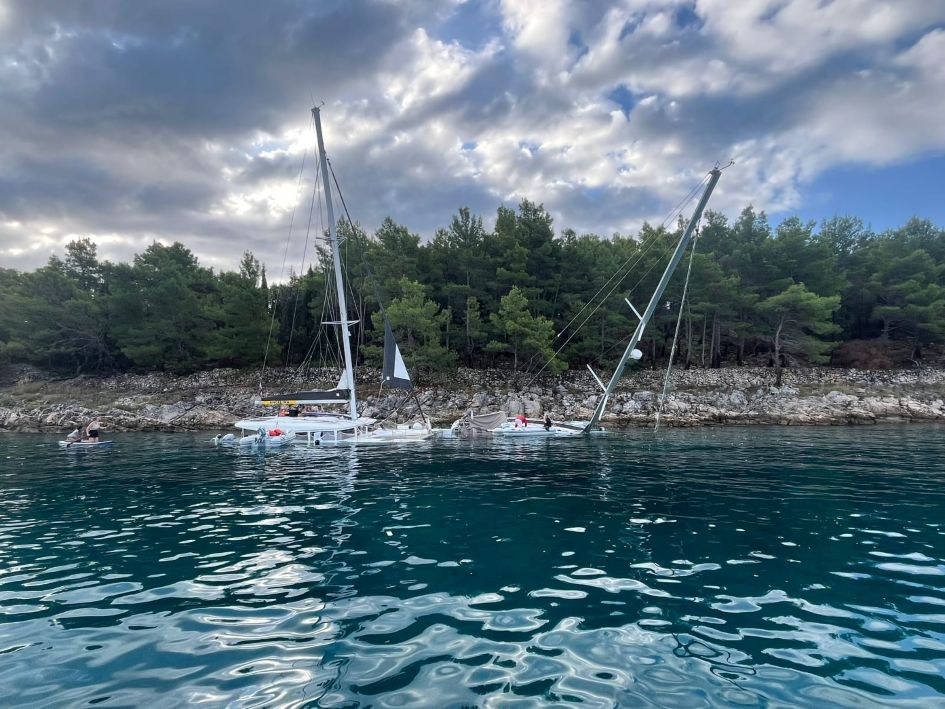
Shipwreck due to a storm in Milna Bay on Brač, summer 2024. Photo © Frane Maras
Anchoring: Do It Right, Every Time
Don’t rush to drop the anchor when you arrive in a bay. Sail a slow loop around the boats already there. Watch how they’re anchored, where their chains go, how much space they need, how far they swing when the wind changes. Just because it looks like there’s room doesn’t mean there actually is. Boats can drift much closer than expected, especially if their anchor chain is longer than yours. Once you find your spot, wait a few minutes. Watch how the boats are moving. Are they all swinging in the same direction? Is anyone drifting strangely? If so, better pick another spot or adjust your plan. And here’s a golden rule: if a bay is empty during peak summer in Croatia, there’s probably a reason. Maybe the bottom is rocky, and anchors don’t hold well. Perhaps it’s open to a wind expected later in the day. Maybe there's a swell rolling in.
Don’t just assume you’ve found a secret paradise. When dropping anchors, aim for sand or mud, not rock or weed. Let out 5 to 6 times the depth in chain, set the anchor slowly, and reverse the engine gently to dig it in. Then, if you can, jump in with a mask and look at it. It takes two minutes and gives you peace of mind for the night.
Mooring Balls and Lazy Lines
Mooring balls can be tricky, especially in strong winds or crowded fields. If your crew is having trouble picking it up from the bow, don’t panic. You can always pick up the buoy from the stern first. It’s easier to control, and you’ll be facing the wind. This gives you time to calm down, take a breath, and move the line to the bow when things settle. It’s not the usual way, but it’s safe, and that’s what matters. The routine of lazy lines in Croatian marinas is always the same: tie the stern lines first, then grab the lazy line from the water and walk it forward to the bow. These lines are almost always dirty, heavy, and slippery, so the crew should wear gloves.
Here's the most important part: if something goes wrong, like your keel catches a line or the boat drifts out of control, turn off the engine immediately. Do not try to “fix it” with more throttle. Speed makes things worse. Instead, grab a line or hold the boat gently to another until you get control. I’ve seen too many guests cause severe damage by hitting the gas in a panic.

Stern to dock mooring, ACI Marina Piškera, Kornati
Smart Sailing and Planning Ahead
Each morning, take 10 minutes to plan your day. Look at the forecast, check distances, and choose a safe place to anchor or dock for the night. Keep a backup plan, just in case the wind shifts or the bay is full. Whenever possible, talk to local skippers or marina staff. Ask for tips on which bays are busy, where to book a mooring, or what to avoid. During high season, many places are fully booked days ahead, especially if a storm is coming. Yes, spontaneity is nice, but don’t bet your safety on it. I know people who waited too long to find a place and ended up spending the night at anchor in a bay they didn’t know, with wind howling and anchor alarms beeping every hour. Not fun, and not safe either.
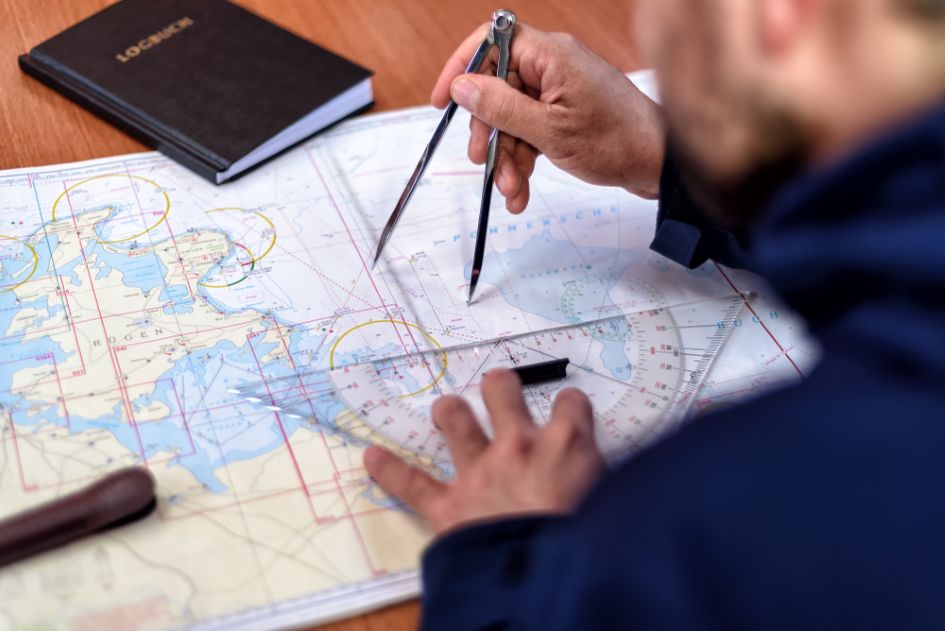
Acting in Storm or Windy Weather
When the wind picks up, anything loose on deck becomes a flying missile. Most cushions, beanbags, and backrests on charter boats aren’t properly fixed. Many have broken straps from years of use or sloppy cleaning jobs. That means when the wind hits, they’ll fly fast. These things aren’t cheap. A single cushion can cost over €1000. And once they go overboard in a storm, you won't get them back. I’ve seen it with my eyes more often than I can count. One gust, one splash, and it’s gone forever. When you know a strong wind is coming, move all loose gear inside. If there’s no space, tie everything down with spare ropes. It takes 10 minutes and saves you money, stress, and angry phone calls later. And please, never send someone in the water to chase a flying cushion. It’s just not worth it. I've seen people try, and it can end in real tragedy. Navigation is more than just the route. It’s about awareness, preparation, and thinking ahead. If you stay sharp, ask questions, and take action early, you’ll sail like a true skipper and protect your crew, boat, and wallet.

Mooring Buoys Field
4. Returning, Wrapping Up, and Playing It Smart
As your trip comes to an end, there’s one last important job: returning the boat safely, cleanly, and with good energy. The last day matters. It’s not just about docking without a scratch, it’s about leaving the charter company with nothing to complain about. You want that deposit back in full, and you want to walk away feeling like a true skipper.
Come Back Early, Dock Calmly
Most charters ask you to be back in the base marina by Friday evening, with check-out the next morning. Don’t leave it until sunset. Marinas get crowded, staff are tired, and other boats are trying to dock too. If you’re in a hurry, mistakes happen. Arrive early. Let the staff help you dock if needed. Use fenders generously, go slow, and keep calm, even if the crew is tired and the wind is up.
Do a Light Clean-Up
There is no need to polish the boat, but do leave it clean and organized. Take out the trash, sweep the cockpit, wipe the counters, and wash the dishes. Crew gear should be packed and off the boat by morning. A boat that looks clean and cared for sends the message that we are responsible. Trust me; that can make the checkout process much smoother.
Be There for the Check-Out
Don’t disappear. Be there when the charter staff inspects the boat. Walk with them, point out anything you noted at the start. If a scratch or something is missing, talk about it calmly. If you documented everything at the beginning, this is where it pays off. Stay polite. Stay cool. Most charter staff are just doing their job, not trying to trap you. But if you’re present and friendly, you’re more likely to sort out any issues quickly.
Insurance and Damage Waivers - Use Them Wisely
Some charter companies offer a damage waiver instead of a full deposit. It’s non-refundable, but it limits your responsibility. This can be smart if you’re sailing with kids, a new crew, or if the boat is costly. Still, a waiver doesn’t mean “sail like a pirate.” Take the same care as if the boat was your own. The best skippers don’t rely on insurance, they rely on good habits.
You can book charter deposit insurance through a 3rd party to protect your security deposit.
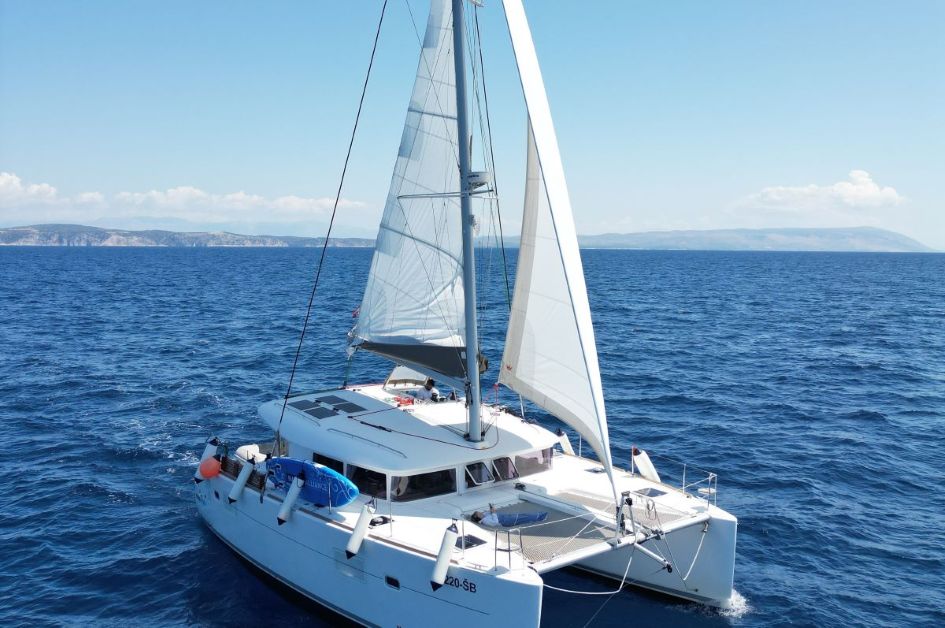
Play the Long Game
Leave a good impression if you want to charter again (maybe even from the same base). A respectful return, a clean boat, and clear communication make it easier to rent again, and sometimes even earn you a better boat or a small upgrade next time. I’ve had charter companies offer me newer models or better prices, just because they knew I treated the last boat like gold. In the end, the goal of your trip isn’t just to have fun. It’s to finish proud. To walk off that boat with your deposit in full, your head high, and your crew smiling. That’s what good seamanship looks like.


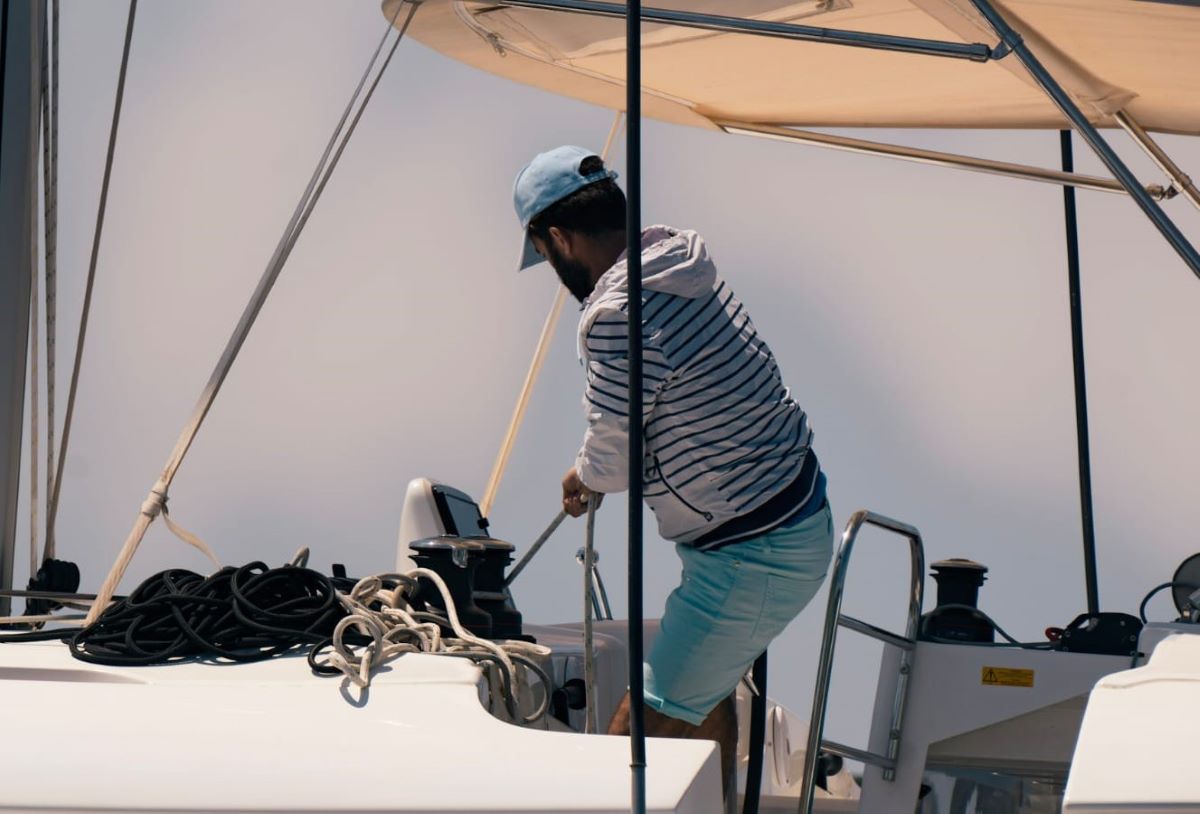
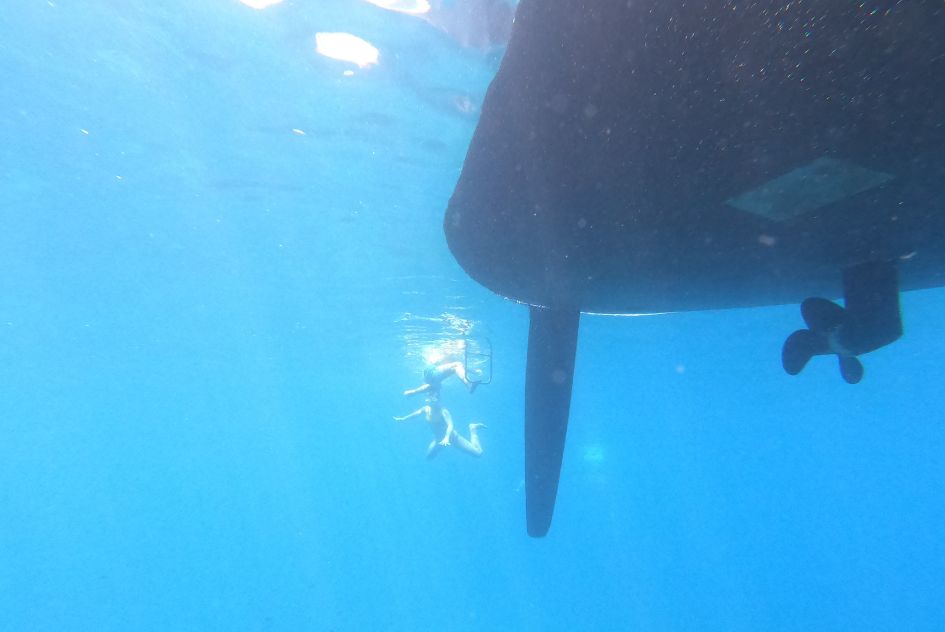


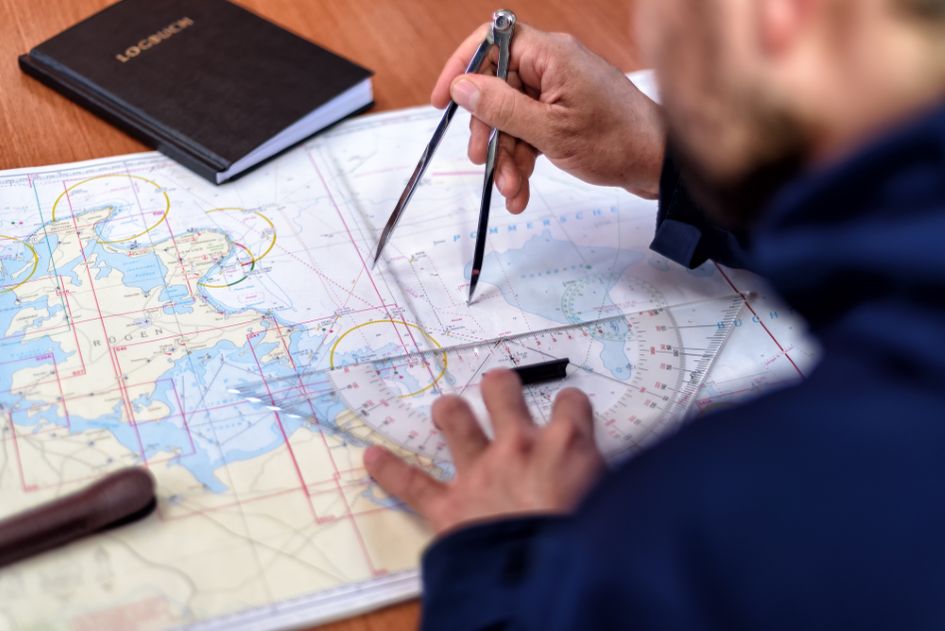
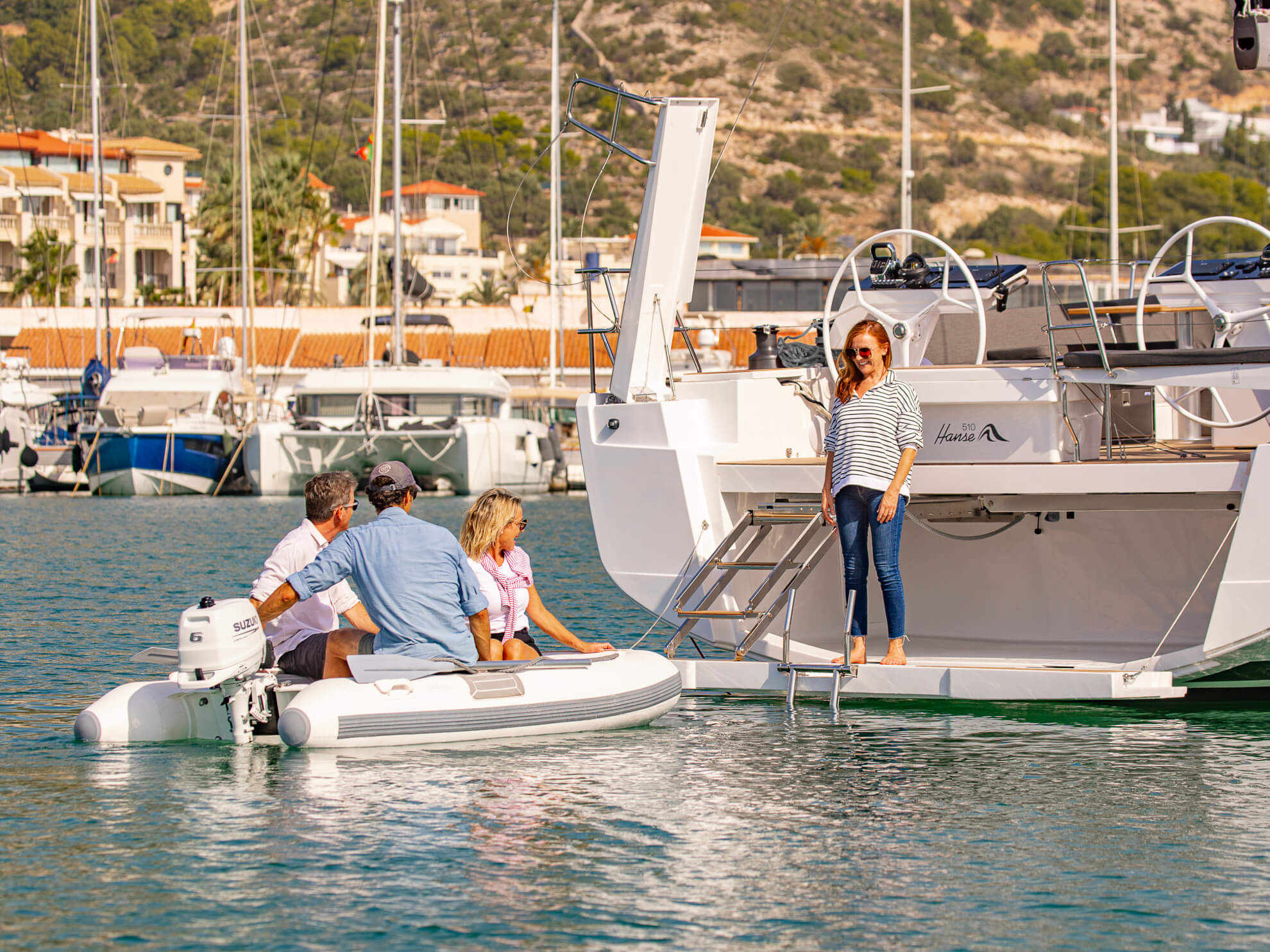
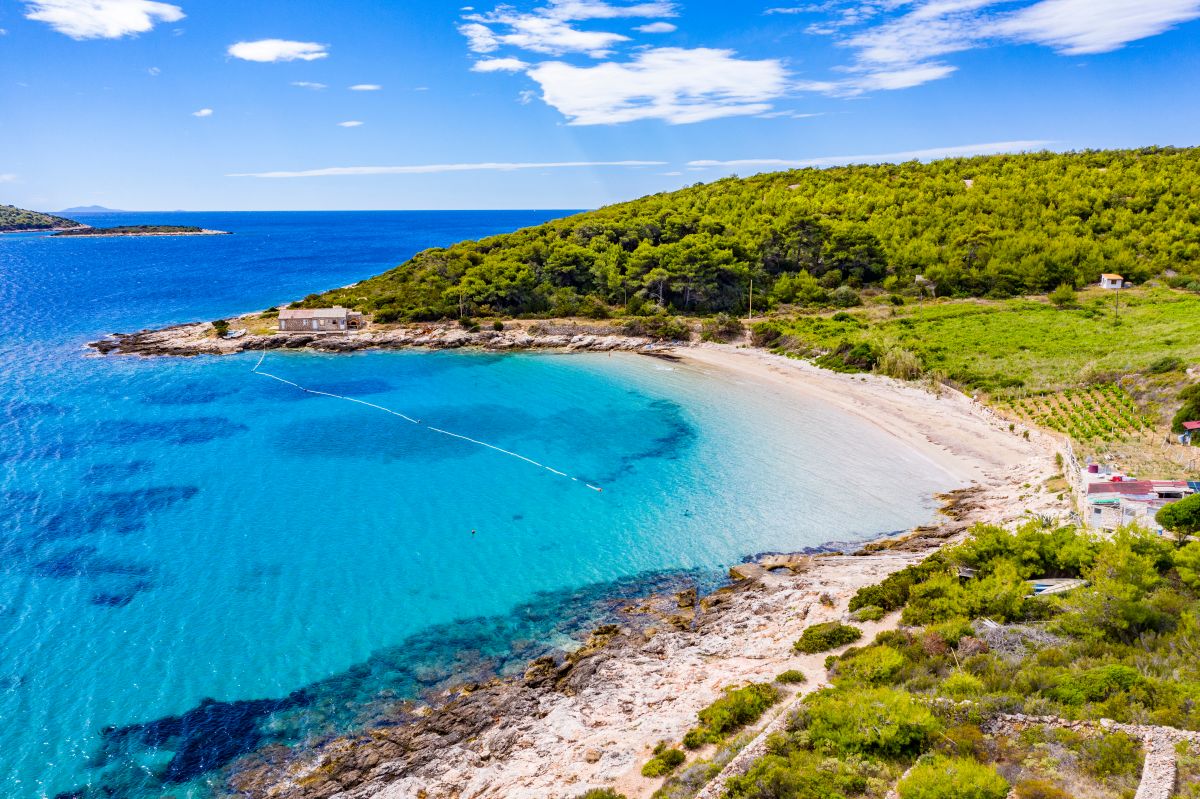
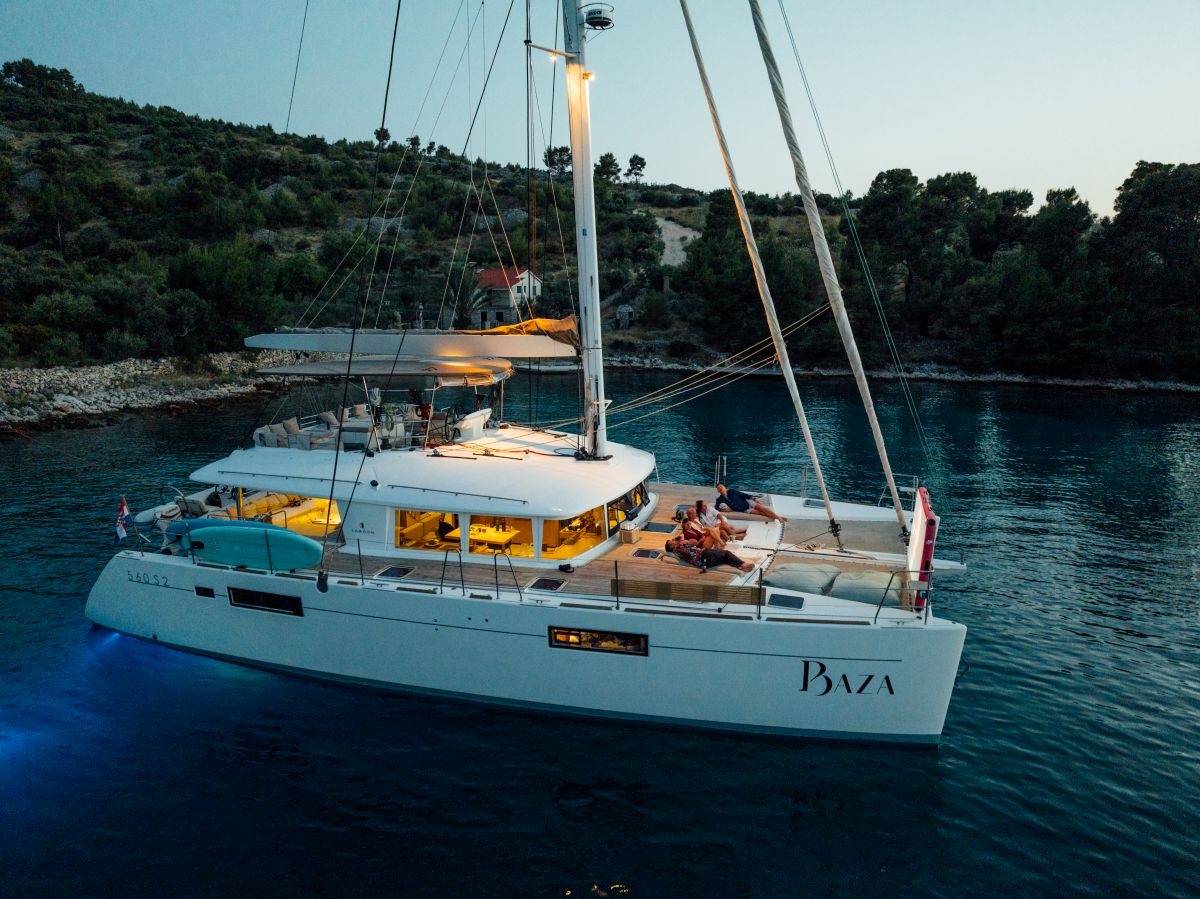






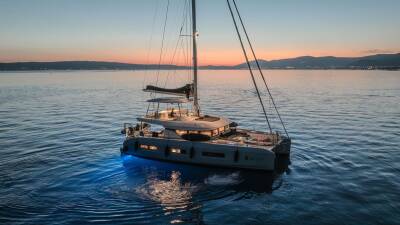
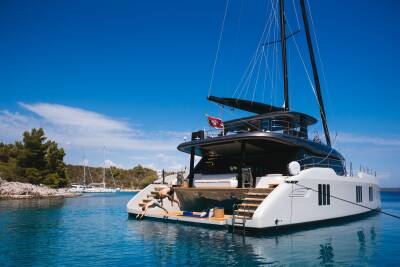



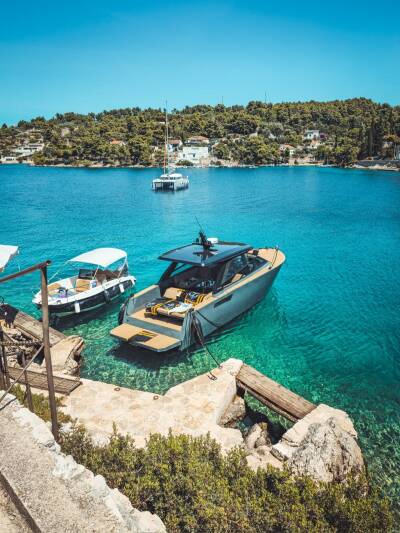




 Give us a call or drop an email, We`ll answer you within 24 hours
Give us a call or drop an email, We`ll answer you within 24 hours